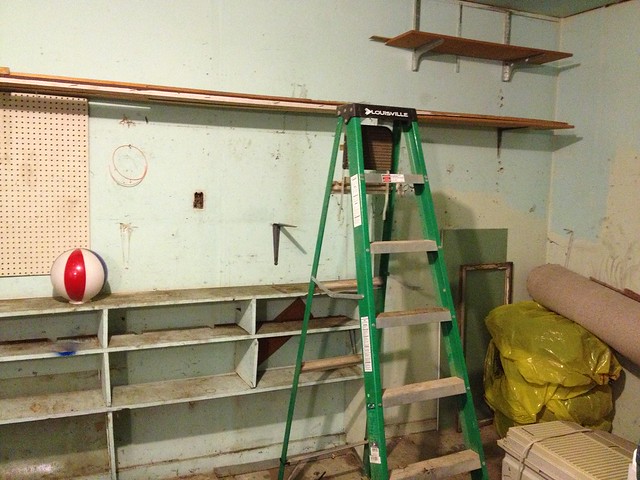We pulled out our potatoes on Friday and would like to share the results. I had discussed in an earlier post that we planted potatoes the conventional way and also in bins to see which method does better in terms of:
1. Ease of harvest
2. Yield per area planted
3. Size of the spuds
Ground Method: These potatoes shown above are from the control group which was planted in the ground. We planted 6 linear feet of bed space, containing 3 rows of potatoes. This yielded two 5gallon buckets full of large potatoes.
1. Ease of harvest- They took a while to dig up since I didn't want to damage the potatoes. It took me an hour to dig this very small section and even though I was slow and careful, I still stabbed many potatoes.
2. Yield per area planted- The plants yielded so much more than we expected. 10gallons for 6ft of bed space was really good yield for us.
3. Size of the spuds- the spuds were very large, most were large or extra large in size.
This method was a great success. Great results in all three categories that we are judging by.
That's a lot of potato soup!
Bin Method: In the photo above, in the left lower tray. You can see a small amount of little potatoes. This is all that we found between the 3 bins that we planted. When pulling out the straw in the first bin, I found a fat field mouse who had clearly eaten his share of our potato crop. The next two bins were the same. Very few potatoes that could be kept. Most had been chewed on, or were eaten all the way.
So for us, in our location, the bin method is not a good place to grow potatoes. The vermin ate most of the crop and probably started early since the plant growth was minimal as well.
I wish I could have been able to compare the two methods without the interference from the mice. So, as a conclusion: We don't know which method is better for growing spuds because the test method was destroyed by field mice. Fat little jerks!
Thanks for reading!
































